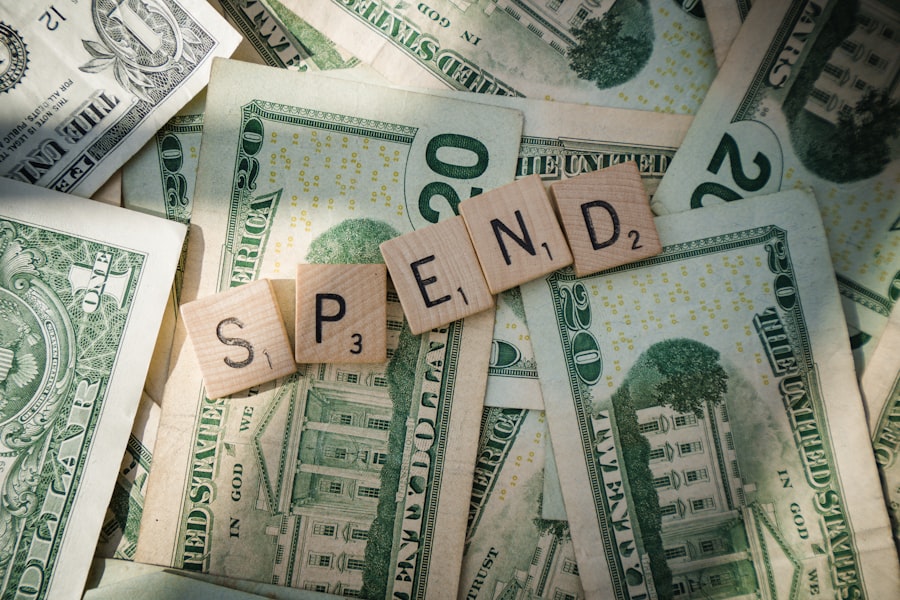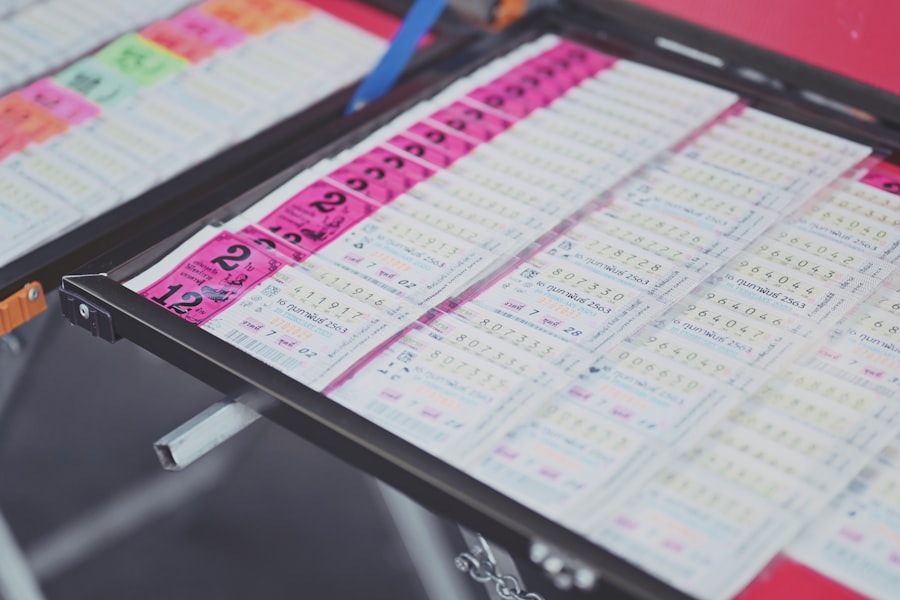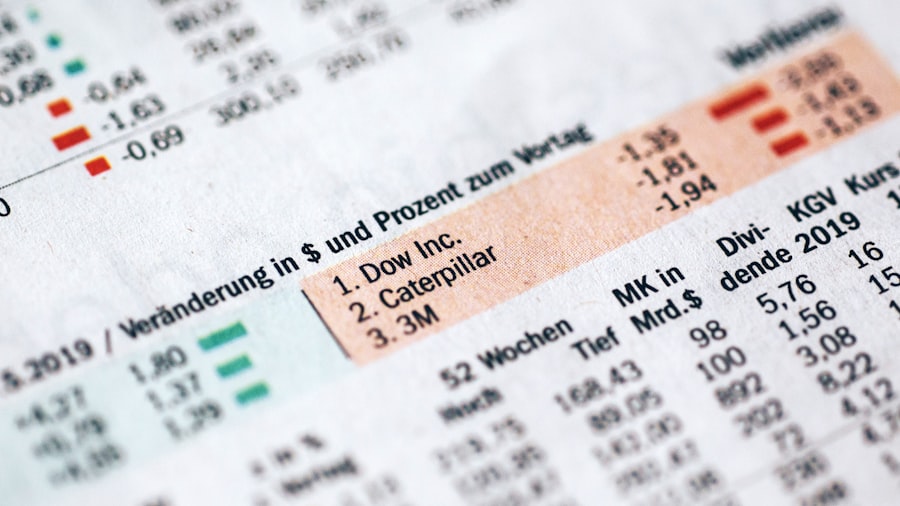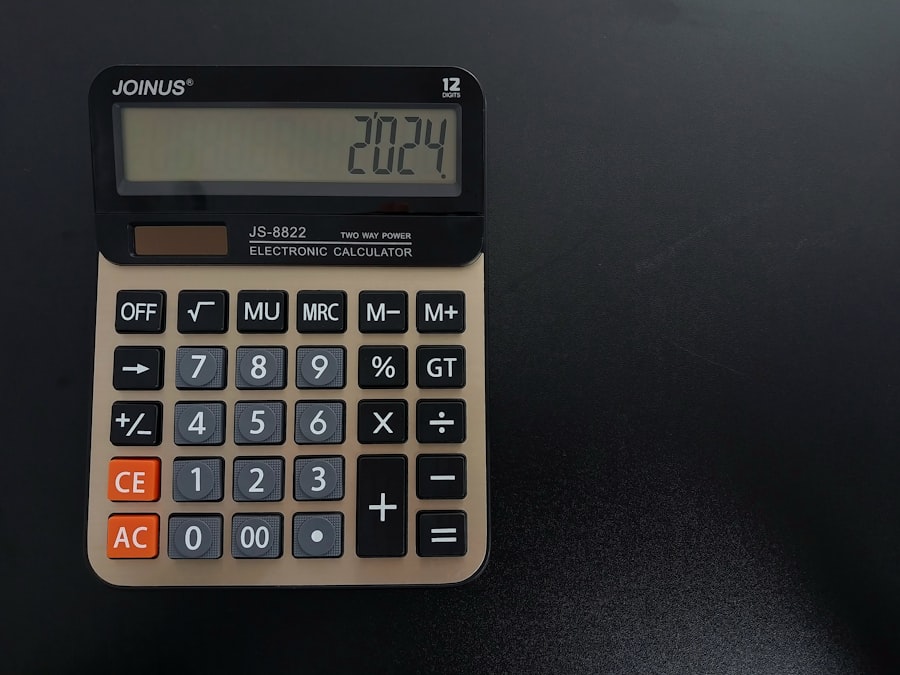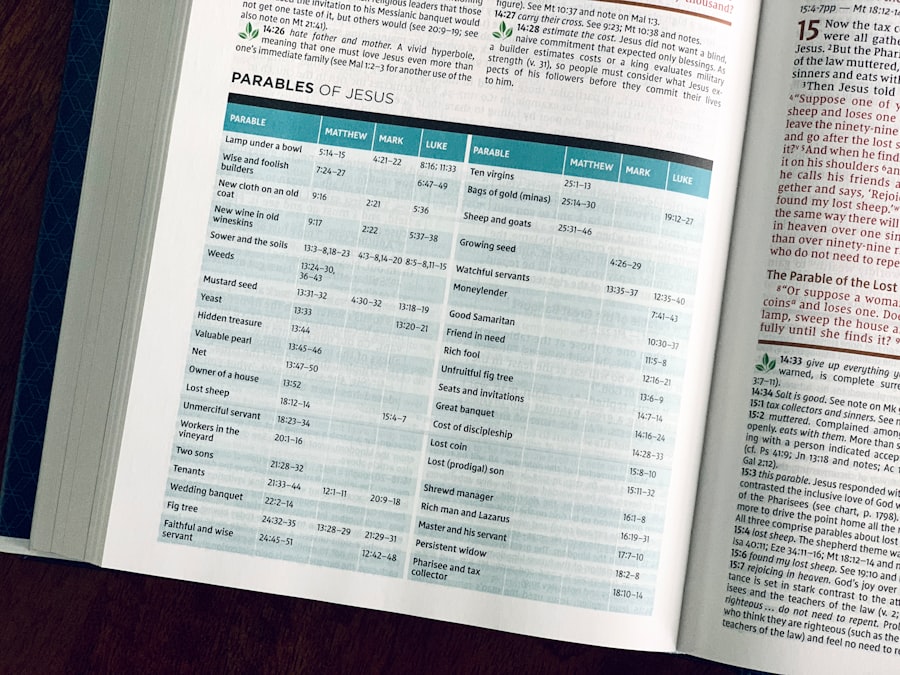In an era where financial literacy is paramount, the PocketGuard budget app emerges as a powerful tool designed to simplify personal finance management. Launched in 2014, PocketGuard has gained traction among users seeking a straightforward yet effective way to track their spending, manage their budgets, and ultimately achieve their financial goals. The app’s user-friendly interface and robust features make it accessible to both budgeting novices and seasoned financial planners alike.
By connecting directly to users’ bank accounts, credit cards, and other financial institutions, PocketGuard provides real-time insights into one’s financial health, allowing for informed decision-making. The core philosophy behind PocketGuard is to help users understand how much disposable income they have after accounting for bills, goals, and necessities. This concept is encapsulated in the app’s signature feature, the “In My Pocket” display, which shows users exactly how much money they can spend without jeopardizing their financial stability.
This approach not only encourages responsible spending but also fosters a proactive attitude towards saving and investing. As individuals navigate the complexities of modern finance, tools like PocketGuard serve as essential allies in the quest for financial wellness.
Key Takeaways
- PocketGuard is a budget app designed to help users manage their finances and achieve their financial goals.
- Setting up a budget with PocketGuard involves linking your bank accounts and credit cards to the app for automatic expense tracking.
- Tracking expenses and income with PocketGuard allows users to see their financial picture in real-time and make informed decisions.
- Analyzing spending habits with PocketGuard helps users identify areas for improvement and make adjustments to their budget.
- PocketGuard offers tools for saving and investing, allowing users to set aside money for specific goals and grow their wealth.
Setting Up Your Budget with PocketGuard
Setting up a budget with PocketGuard is a seamless process that begins with creating an account and linking your financial institutions. Users can easily connect their bank accounts, credit cards, and other financial assets to the app, which then aggregates all relevant data into one cohesive platform. This integration allows for a comprehensive view of one’s financial landscape, making it easier to identify income sources and recurring expenses.
Once linked, PocketGuard automatically categorizes transactions, providing users with a clear picture of their spending habits. After establishing connections to financial accounts, users can set specific budgeting goals tailored to their unique circumstances. PocketGuard allows individuals to allocate funds for various categories such as groceries, entertainment, and savings.
By setting these parameters, users can create a personalized budget that reflects their lifestyle and financial aspirations. The app also offers the flexibility to adjust these categories as needed, accommodating changes in income or spending patterns. This adaptability is crucial for maintaining an effective budget over time, ensuring that users remain aligned with their financial objectives.
Tracking Your Expenses and Income
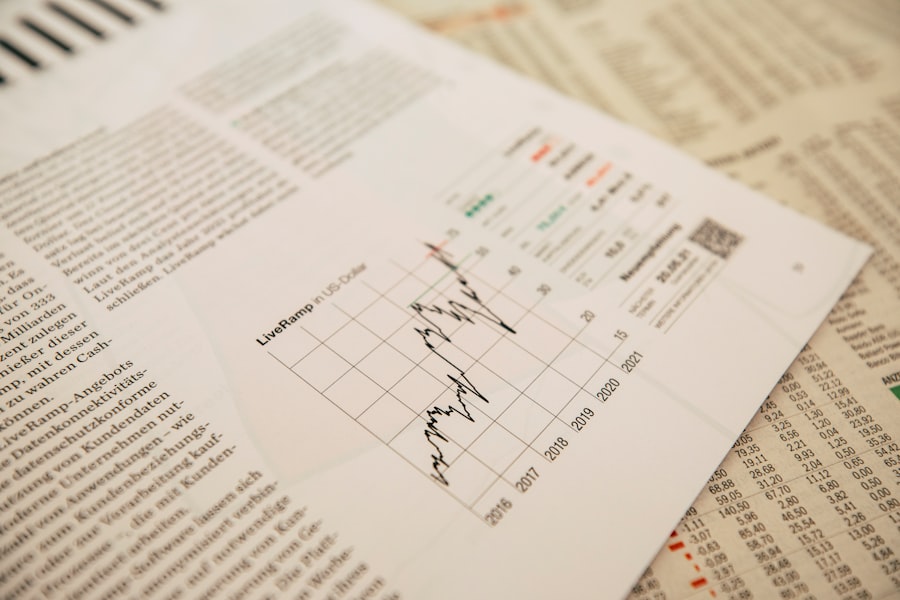
One of the standout features of PocketGuard is its ability to track expenses and income in real-time. As transactions occur, the app updates automatically, providing users with immediate feedback on their spending habits. This real-time tracking is invaluable for individuals who may struggle with keeping tabs on their finances throughout the month.
By having a clear view of where money is being spent, users can make informed decisions about their spending behaviors and identify areas where they may need to cut back. Moreover, PocketGuard categorizes expenses into predefined groups such as housing, transportation, and dining out. This categorization not only simplifies the tracking process but also allows users to visualize their spending patterns more effectively.
For instance, if a user notices that they are consistently overspending in the dining category, they can take proactive measures to adjust their habits accordingly. The app also provides insights into income fluctuations, enabling users to understand how changes in earnings impact their overall financial situation. This comprehensive tracking capability empowers users to take control of their finances and make adjustments as necessary.
Analyzing Your Spending Habits
| Category | Amount |
|---|---|
| Food | 200 |
| Transportation | 100 |
| Entertainment | 50 |
| Utilities | 150 |
Analyzing spending habits is a critical component of effective budgeting, and PocketGuard excels in this area by offering detailed reports and insights. The app generates visual representations of spending patterns over time, allowing users to identify trends and make informed decisions about their finances. For example, users can view monthly reports that highlight their highest spending categories or track changes in spending behavior over several months.
This data-driven approach enables individuals to pinpoint areas where they may be overspending or where they can cut back. Additionally, PocketGuard provides users with personalized recommendations based on their spending habits. If the app detects that a user is consistently exceeding their budget in a particular category, it may suggest strategies for reducing expenses or reallocating funds from less critical areas.
This level of analysis not only helps users stay within their budget but also encourages them to adopt healthier financial habits over time. By fostering a deeper understanding of spending behaviors, PocketGuard empowers users to make conscious choices that align with their long-term financial goals.
Saving and Investing with PocketGuard
In addition to budgeting and expense tracking, PocketGuard offers features that facilitate saving and investing. The app encourages users to set aside funds for specific savings goals—be it an emergency fund, a vacation, or retirement savings—by allowing them to create dedicated savings categories within their budget. Users can easily allocate a portion of their disposable income towards these goals, making it simpler to prioritize saving alongside everyday expenses.
Furthermore, PocketGuard integrates with various investment platforms, enabling users to explore investment opportunities directly from the app. This integration allows individuals to take a more proactive approach to wealth building by providing access to investment accounts and resources that can help them grow their savings over time. By combining budgeting with saving and investing features, PocketGuard positions itself as a comprehensive financial management tool that supports users in achieving both short-term and long-term financial objectives.
Customizing Your Budgeting Goals

Flexible Budgeting for Changing Needs
Users can create multiple budgets for different time frames—monthly, quarterly, or even annually—allowing them to adapt their financial strategies based on changing needs or life events. This flexibility is particularly beneficial for individuals who may experience fluctuations in income or expenses due to seasonal work or other factors.
For instance, if someone wants to save for a new car while managing monthly expenses, they can create a dedicated savings goal within the app that tracks progress towards that target. This level of customization not only enhances user engagement but also fosters accountability as individuals work towards achieving their financial aspirations.
A Dynamic Budgeting Process
By empowering users to define their own goals and adjust them as needed, PocketGuard ensures that budgeting remains a dynamic process rather than a static one.
Utilizing PocketGuard’s Financial Tools
Beyond basic budgeting features, PocketGuard offers an array of financial tools designed to enhance users’ overall financial literacy and management capabilities. One notable feature is the “Bill Tracker,” which helps users keep track of upcoming bills and due dates. By receiving reminders for payments, individuals can avoid late fees and maintain a positive credit score—an essential aspect of long-term financial health.
Additionally, PocketGuard provides educational resources within the app that cover various aspects of personal finance. From articles on saving strategies to tips on improving credit scores, these resources empower users with knowledge that can lead to better financial decision-making. The combination of practical tools and educational content positions PocketGuard as not just a budgeting app but also a comprehensive resource for anyone looking to improve their financial well-being.
Tips for Maximizing Your Financial Management with PocketGuard
To fully leverage the capabilities of PocketGuard for effective financial management, users should consider implementing several best practices. First and foremost, regular engagement with the app is crucial; checking in on budgets and expenses weekly can help maintain awareness of spending habits and ensure alignment with financial goals. Setting aside time each week to review transactions and adjust budgets as necessary can foster a proactive approach to personal finance.
Another tip is to take advantage of the app’s goal-setting features by establishing both short-term and long-term savings objectives. By breaking down larger goals into smaller milestones—such as saving for a vacation or building an emergency fund—users can experience a sense of accomplishment as they reach each target. Additionally, utilizing the educational resources available within PocketGuard can enhance financial literacy and provide valuable insights into managing money more effectively.
Lastly, users should not hesitate to explore the integration options available within PocketGuard. Connecting investment accounts or other financial tools can provide a more holistic view of one’s finances and facilitate better decision-making regarding saving and investing strategies. By embracing these practices and fully utilizing the features offered by PocketGuard, individuals can take significant strides towards achieving greater financial stability and success.
If you’re looking for a comprehensive personal finance assistant app, you should check out Valapoint’s article on the best personal finance assistant app available today. This article provides valuable insights into how these apps can help you manage your finances effectively. Additionally, if you’re interested in creating a master budget tracker using Power Apps, Valapoint has a complete guide that can help you get started. And if you’re seeking suggestions for the best budget tracker on Reddit, Valapoint has compiled a list of recommendations that you need to check out. Overall, these articles offer valuable information for anyone looking to improve their budgeting and financial management skills.
Mint’s appeal lies not only in its functionality but also in its accessibility. The platform is available as both a web application and a mobile app, allowing users to manage their finances on the go.
By linking bank accounts, credit cards, and investment accounts, Mint automatically aggregates financial data, providing users with a holistic view of their financial situation. This seamless integration eliminates the need for manual data entry, making it easier for users to stay informed about their spending patterns and financial health. As we delve deeper into the various features of Mint, it becomes evident how this tool can transform the way individuals approach their finances.
Key Takeaways
- Mint Personal Finance is a powerful tool for managing your finances, budgeting, tracking expenses, and maximizing savings.
- Setting up a Mint account is easy and allows you to link all your financial accounts in one place for a comprehensive view of your finances.
- Budgeting and tracking expenses with Mint helps you stay on top of your spending and identify areas where you can save money.
- Managing investments and retirement accounts through Mint gives you a clear picture of your financial future and helps you make informed decisions.
- Maximizing savings and paying off debt is made easier with Mint’s features for setting financial goals and tracking progress.
Setting Up Your Mint Account
Creating a Mint account is a straightforward process that begins with providing basic information such as your email address and creating a password. Once registered, users are prompted to link their financial accounts. This step is crucial as it allows Mint to pull in transaction data from various sources, including checking accounts, savings accounts, credit cards, and investment portfolios.
The linking process is secure and encrypted, ensuring that sensitive information remains protected while allowing for real-time updates on financial activity. After linking accounts, users can customize their profiles by setting financial goals and preferences. For instance, Mint allows users to specify their budgeting categories—such as groceries, entertainment, and transportation—tailoring the experience to fit individual lifestyles.
Additionally, Mint offers the option to set up alerts for unusual spending or when bills are due, further aiding users in maintaining control over their finances from the outset.
Budgeting and Tracking Expenses
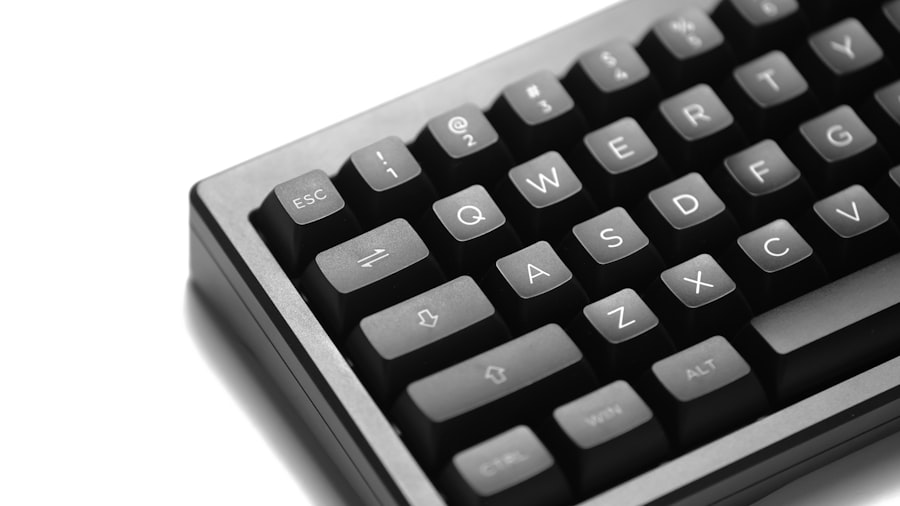
One of the standout features of Mint is its budgeting tool, which enables users to create personalized budgets based on their income and spending habits. Users can allocate specific amounts to different categories, allowing them to prioritize essential expenses while also setting aside funds for discretionary spending. The platform provides visual representations of budgets through graphs and charts, making it easy for users to see how they are performing against their goals.
Tracking expenses is equally seamless with Mint. As transactions are automatically categorized based on user-defined parameters, individuals can quickly identify areas where they may be overspending. For example, if a user notices that they consistently exceed their budget for dining out, they can adjust their spending habits accordingly or reallocate funds from other categories.
This real-time tracking fosters a proactive approach to personal finance management, encouraging users to make informed decisions about their spending.
Managing Investments and Retirement Accounts
| Investment Type | Annual Return | Risk Level |
|---|---|---|
| Stocks | 8% | High |
| Bonds | 4% | Medium |
| Mutual Funds | 6% | Medium |
| 401(k) | 7% | Low |
Mint goes beyond basic budgeting by offering tools for managing investments and retirement accounts. Users can link their investment portfolios to the platform, allowing them to monitor performance across various assets in one place. This feature is particularly beneficial for individuals who may have multiple investment accounts spread across different institutions.
By consolidating this information within Mint, users gain a clearer understanding of their overall investment strategy and can make adjustments as needed. In addition to tracking investments, Mint provides insights into retirement accounts such as 401(k)s and IRAs. Users can view their contributions, assess growth over time, and evaluate whether they are on track to meet retirement goals.
The platform also offers retirement calculators that help users estimate how much they need to save to achieve their desired retirement lifestyle. By integrating investment management with budgeting tools, Mint empowers users to take a holistic approach to their financial planning.
Maximizing Savings and Debt Payoff
Mint’s features extend into the realm of savings and debt management, providing users with strategies to maximize their financial health. The platform allows individuals to set savings goals for specific purposes—such as an emergency fund or a vacation—encouraging them to allocate funds accordingly. Users can track their progress toward these goals in real time, which serves as motivation to stay disciplined in their saving efforts.
When it comes to debt payoff, Mint offers valuable insights into outstanding balances and interest rates across various accounts. Users can create a debt repayment plan by prioritizing high-interest debts or utilizing strategies like the snowball method, where smaller debts are paid off first for psychological wins. By visualizing debt repayment progress within the app, users can maintain focus on becoming debt-free while also managing other financial responsibilities.
Utilizing Mint’s Bill Payment and Credit Score Monitoring Features

Mint simplifies bill payment by allowing users to track upcoming bills and due dates within the app. By linking utility bills, subscriptions, and other recurring payments, users receive reminders when payments are due, reducing the risk of late fees and missed payments. This feature not only helps maintain a positive payment history but also contributes to overall financial organization.
Moreover, Mint offers credit score monitoring as part of its suite of features. Users can access their credit scores for free and receive insights into factors affecting their scores. This information is invaluable for individuals looking to improve their creditworthiness or prepare for significant financial decisions such as applying for a mortgage or car loan.
By understanding how credit utilization, payment history, and other factors impact their scores, users can take actionable steps toward enhancing their credit profiles.
Tips for Getting the Most Out of Mint Personal Finance
To fully leverage the capabilities of Mint, users should consider several best practices that enhance the overall experience. First and foremost, regular engagement with the app is essential. By checking in frequently—ideally on a weekly basis—users can stay updated on their financial status and make timely adjustments as needed.
This habit fosters accountability and encourages proactive financial management. Another tip is to take advantage of Mint’s goal-setting features. Whether it’s saving for a vacation or paying off debt, setting specific goals provides direction and motivation.
Users should ensure that these goals are realistic and measurable; this clarity will help maintain focus over time. Additionally, utilizing the app’s alerts for unusual spending or bill reminders can further enhance financial discipline. Lastly, exploring the educational resources available within Mint can provide valuable insights into personal finance topics.
From articles on budgeting strategies to tips on improving credit scores, these resources can empower users with knowledge that complements the practical tools offered by the app.
Taking Control of Your Finances with Mint
Mint Personal Finance stands out as an indispensable tool for anyone looking to take charge of their financial future. With its comprehensive suite of features—from budgeting and expense tracking to investment management and credit score monitoring—Mint equips users with the necessary tools to make informed financial decisions. By setting up an account and actively engaging with the platform’s capabilities, individuals can cultivate better financial habits that lead to long-term stability and success.
As users navigate through various aspects of personal finance using Mint, they are not just managing numbers; they are building a foundation for a secure financial future. The insights gained from tracking expenses and investments empower individuals to make choices aligned with their goals and values. In an increasingly complex financial landscape, Mint serves as a guiding light that helps users demystify personal finance while fostering a sense of control over their economic well-being.
If you are looking for a budget tracking app for couples, you may want to check out Valapoint’s article on the top budget tracking app for couples. This article provides a comprehensive list of apps that can help couples manage their finances together. Additionally, if you are interested in creating your own budget tracker website template on a budget, Valapoint also offers a helpful guide on how to design one. These resources can complement the features and benefits of the Mint personal finance app, allowing you to have a more holistic approach to managing your finances. Source




